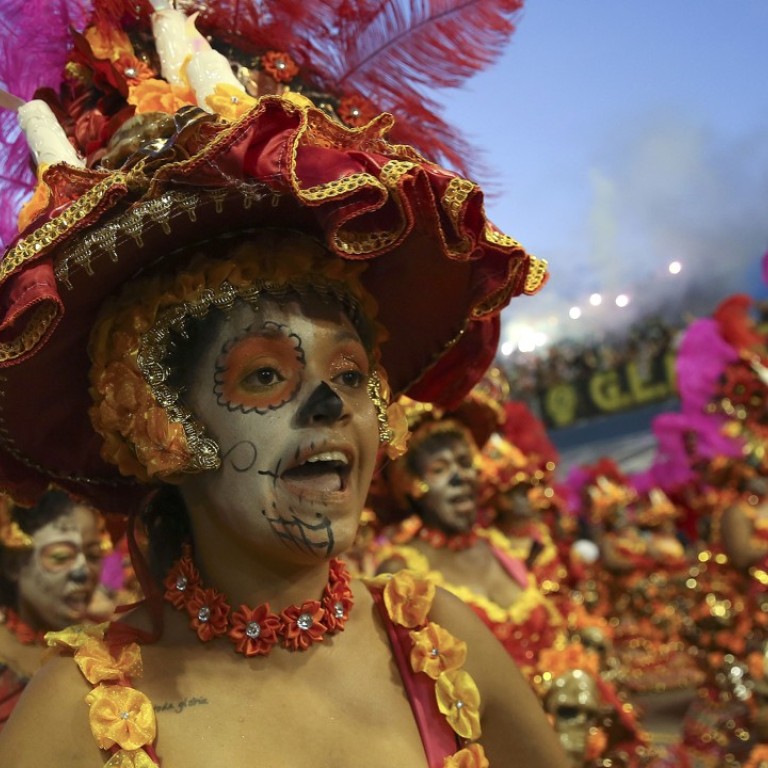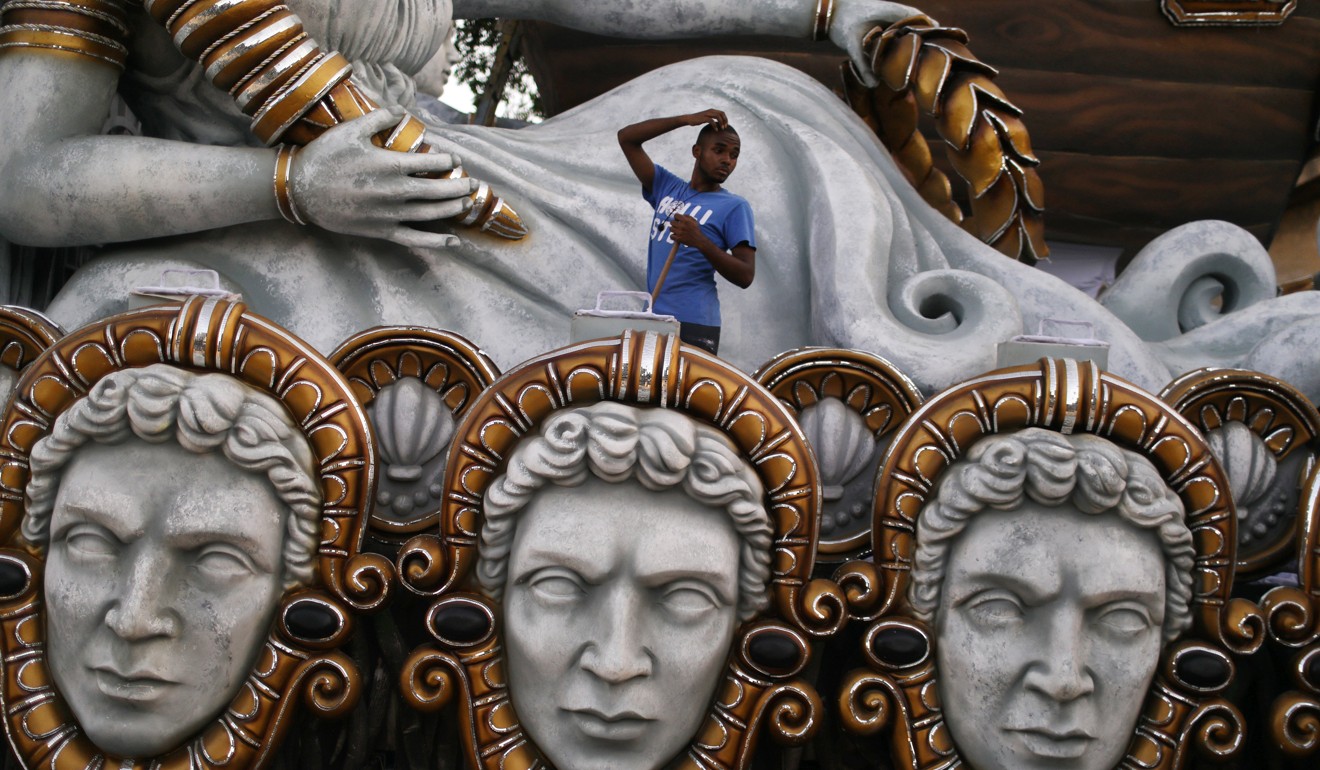
Troubled Rio starts staging ‘greatest’ samba parades
Rio de Janeiro’s samba parades begin late on Sunday, a chance for a city struggling with violence and poverty to stage the “greatest show on earth” – and to attack unpopular politicians.
The countdown was on to the two-night extravaganza, due to begin in the Sambodromo stadium.
Under a sweltering sun, hundreds of thousands of Rio residents and tourists filled the beaches or attended dozens of dancing and costume parties, which are held in the streets every day during the weeks of carnival season.
However, for a city with samba in its blood the big event was the parade contest set for the slightly cooler night and due to recommence on Monday night and reach well into Tuesday.
Thirteen samba schools from the top division were facing off.
Each gets about an hour to parade through the purpose-built stadium with about 3,000 dancers, singers and drummers dressed in over-the-top costumes.
Last year, the contest ended in a draw between Mocidade and Portela.

Organisers may not be exaggerating when they claim the parades to be the world’s greatest show.
With breathtakingly complex and dramatic floats, the thunder of drumming, and the heated performances of nearly naked female and male dancers, there’s something for everyone.
However, this year an undercurrent of anger will run through the fun.
Rio de Janeiro is in deep financial trouble and crime in many areas is out of control. Two children were among the dead in shootings last week and a policeman was reported on Sunday to have been shot dead in a suburb – the 16th officer killed already this year.
So although 17,000 police have been deployed for the carnival, large parts of Rio, like Rocinha or City of God, are virtual no-go zones for both police and tourists. Locals in those areas, dubbed favelas, have to survive in the crossfire of drug gangs and the security forces.

To make matters worse for the passionate carnival-going public, Mayor Marcelo Crivella, a devout evangelical Christian, has cut subsidies to the event in half.
Unusually for a mayor, he is not expected to come anywhere near the parades – a clear sign of his distaste for the bared flesh and boozing.
If he did show up, Crivella would be confronted with a ribbing from the Mangueira samba school, which has promised to emblazon his name across a float in the form of a huge human backside.
Brazilian President Michel Temer – said by polls to be the most unpopular Brazilian president on record – will not get away lightly either: the Paraiso de Tuiuti school is planning to depict him on a float as Dracula.
There’ll also reportedly be a giant yellow bath duck, a symbol of mass demonstrations against corruption that was deployed against then-president Dilma Rousseff in 2016.
The Beija-Flor samba school will make things even plainer, with dancers dressed as politicians and businessmen behind bars – a nod to the sprawling Car Wash anti-corruption probe that has put many powerful Brazilians in prison.

.png?itok=arIb17P0)